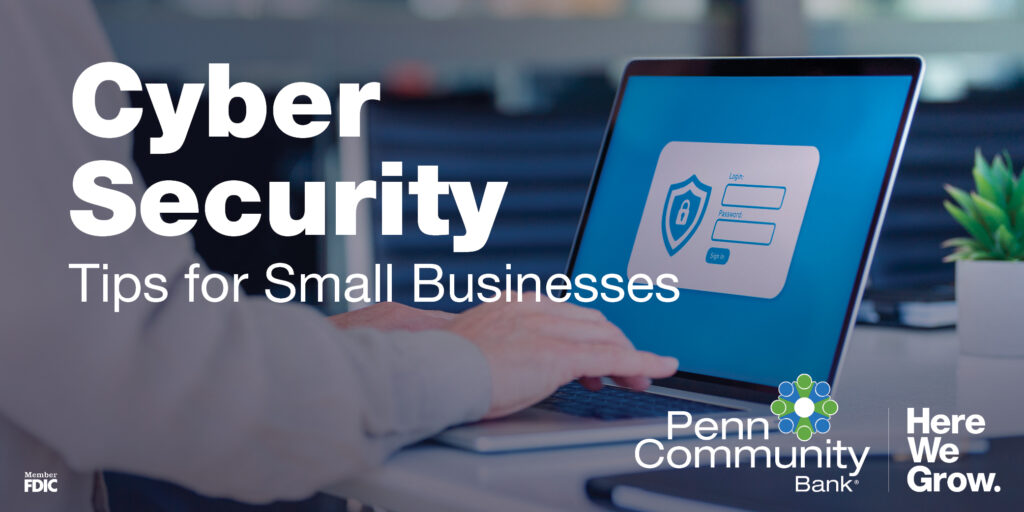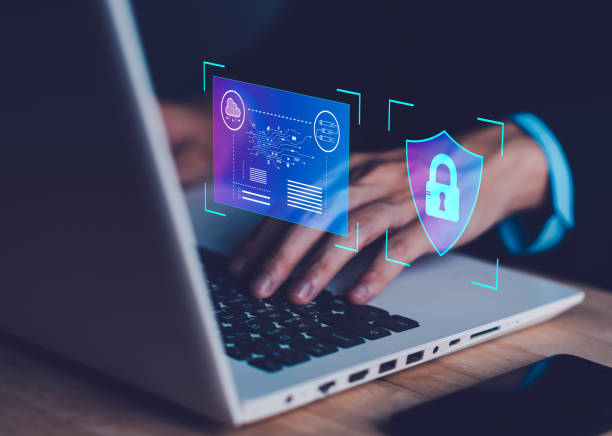
In an era where technology is deeply intertwined with daily business operations, cybersecurity has become a critical concern for organizations of all sizes. However, small businesses, in particular, are increasingly targeted by cybercriminals. According to recent studies, over 40% of cyberattacks are aimed at small businesses, often because they lack robust security measures. This article will provide a comprehensive guide on how small businesses can protect themselves from cyber threats with practical cybersecurity tips.

Understanding the Cybersecurity Landscape
Before diving into specific tips, it’s crucial to understand why cybersecurity is a significant concern for small businesses. Cyber threats can come in many forms, including phishing attacks, ransomware, malware, and data breaches. Unlike large corporations, small businesses often lack the resources to employ extensive security teams or invest heavily in advanced security technologies. This makes them vulnerable targets for hackers looking to exploit weaknesses for financial gain or other malicious purposes.
1. Implement Strong Password Policies
Passwords are the first line of defense against unauthorized access. Weak or easily guessable passwords can be exploited by attackers to gain entry to sensitive systems and data. Here are some best practices for password management:
- Create Complex Passwords: Use a combination of upper and lower case letters, numbers, and special characters. Avoid using easily guessable information such as birthdays or common words.
- Use Password Managers: These tools can generate and store complex passwords securely, making it easier to manage multiple accounts.
- Enforce Regular Changes: Implement policies that require employees to change passwords regularly and avoid reusing old passwords.
2. Implement Multi-Factor Authentication (MFA)
Multi-Factor Authentication adds an additional layer of security by requiring users to provide two or more verification factors to gain access. This might include something they know (a password), something they have (a phone or hardware token), or something they are (biometric verification). MFA significantly reduces the risk of unauthorized access, even if passwords are compromised.
3. Educate Your Employees
Human error is a leading cause of cybersecurity breaches. Employees must be trained to recognize and respond to potential threats. Regular training sessions should cover:
- Phishing Scams: Educate staff on how to identify suspicious emails and avoid clicking on unknown links or downloading attachments from unfamiliar sources.
- Safe Internet Practices: Advise employees on safe browsing habits and the importance of avoiding risky websites.
- Data Handling: Ensure that employees understand the importance of safeguarding sensitive information and following data protection policies.
4. Keep Software Up to Date
Software updates often include patches for security vulnerabilities that could be exploited by attackers. Keeping your operating systems, applications, and security software up to date is essential for maintaining a secure environment. Implement automatic updates where possible to ensure that you’re always protected against the latest threats.
5. Back Up Your Data Regularly
Regular data backups are crucial for recovering from a cyber incident, such as a ransomware attack. Implement a backup strategy that includes:
- Frequent Backups: Schedule regular backups of critical data, preferably daily or weekly.
- Offsite Storage: Store backups in a secure offsite location or use cloud-based backup solutions to protect against physical damage or theft.
- Test Your Backups: Periodically test backup restoration processes to ensure data can be recovered when needed.
6. Secure Your Network
Your network is the backbone of your business operations, making it a prime target for cybercriminals. Here’s how to secure it:
- Use Firewalls: Install and maintain a firewall to filter incoming and outgoing traffic and block unauthorized access.
- Implement Encryption: Encrypt sensitive data to protect it from being intercepted or accessed by unauthorized parties. This includes data in transit and data at rest.
- Secure Wi-Fi Networks: Use strong encryption protocols (such as WPA3) for Wi-Fi networks and change default router settings to enhance security.
7. Control Access to Sensitive Information
Restrict access to sensitive information based on roles and responsibilities within the organization. Implement the principle of least privilege, ensuring that employees only have access to the information necessary for their job functions. This minimizes the risk of data breaches and limits the impact if an employee’s credentials are compromised.
8. Develop an Incident Response Plan
Despite the best preventative measures, cyber incidents can still occur. An incident response plan outlines the steps to take in the event of a security breach or other cyber incidents. Your plan should include:
- Identification and Assessment: Procedures for detecting and assessing the scope of a breach.
- Containment and Eradication: Steps to contain the threat and remove it from your systems.
- Recovery and Communication: Strategies for recovering lost data, restoring operations, and communicating with stakeholders, including customers and regulatory bodies.
- Post-Incident Review: Conduct a review to analyze the incident and improve future security measures.
9. Secure Your Physical Location
Physical security is just as important as digital security. Ensure that unauthorized individuals cannot easily access your office or data centers. Measures may include:
- Restricting Access: Use access controls such as keycards or biometric scanners to limit entry to sensitive areas.
- Securing Devices: Keep computers, servers, and other devices locked and secure when not in use.
- Surveillance: Implement security cameras and alarm systems to deter unauthorized access and provide evidence in case of a breach.
10. Stay Informed About Emerging Threats
Cybersecurity is a rapidly evolving field, with new threats and vulnerabilities emerging regularly. Stay informed about the latest trends and threats by:
- Following Cybersecurity News: Keep up with industry news and updates from cybersecurity organizations.
- Participating in Forums and Webinars: Engage with the cybersecurity community to share knowledge and learn from others.
- Consulting with Experts: Consider partnering with cybersecurity consultants or managed security service providers (MSSPs) to get professional advice and support.
Conclusion
Small businesses are often the target of cyberattacks due to their perceived vulnerabilities and limited resources. However, by implementing robust cybersecurity practices, small businesses can significantly reduce their risk and protect their valuable digital assets.
By focusing on strong password policies, multi-factor authentication, employee education, regular software updates, data backups, network security, access controls, incident response planning, physical security, and staying informed, small businesses can create a resilient defense against cyber threats.
Investing in cybersecurity is not just about protecting data; it’s about securing the trust and continuity of your business. Start with these fundamental tips and continuously adapt your strategies to stay ahead of the evolving threat landscape. Your business’s security is an ongoing process, but with the right approach, you can safeguard your operations and ensure long-term success.







